It's important to know how to clean a dishwasher to ensure that your dishes come out sparkly clean and odor-free every time. Dishwashers are marvelous appliances designed to make your life easier and to make your dishes effortlessly spotless. You may think that a dishwasher would clean itself, but over time, it’s inevitable that food and other detritus will get caught in the appliance, diminishing the power of the washing cycle and sterilization process.
Even the best dishwashers and the best countertop dishwashers are prone to odors, and if your dishes often emerge with spots of leftover food, a gritty film, or an unpleasant odor, then it’s best to invest a little energy into learning exactly how to clean a dishwasher.
It doesn't have to be time-consuming; simply by incorporating a few additional steps into your dishwasher routine, you can easily avoid having to spend additional time, money, and inconvenience re-washing your dishes.
Making sure your dishwasher is healthy and running correctly is also important to ensure its longevity. The easiest way to make your appliance last is to regularly clean and maintain it. As most manufacturer warranties only cover your first year of use, it's in your interest to keep it clean and in good shape.
Before cleaning, always familiarize yourself with the manufacturer's guidelines, specific to your dishwasher to avoid any damage.
- Toothbrush; or any small cleaning brush
- Baking soda
- Apple cider; or white wine vinegar; or any dishwasher-safe cleaning product
- Running tap water
- Soft cloth or sponge
- Dishwasher detergent
Regular short-term cleaning and maintenance of your dishwasher is just as important as deep cleaning your machine monthly.
It sounds obvious, but it's surprising how many people skip this step, and it's a simple and highly effective tip to keep your dishwasher working smoothly.
Before stacking dishes into the dishwasher, be sure to fully scrape any left-over food from the plate into the bin or food recycling first. Follow that with a quick rinse with warm water to ensure any residual pieces of whole food, or clumps of oil or sauce are removed from the dishes before you stack them in the dishwasher.
Another very simple tip to ensure you get the best performance is to stack the dishes correctly according to the design and layout of the dishwasher and the manufacturer's instructions.
The dishwasher should be able to effectively rinse, and deep clean all areas of the dishes, and if you have a lot of dishes to stack, it can become tempting to overfill the dishwasher, or stack the dishes incorrectly to fit in more.
If you do this, remember it is much more likely to compromise the dishwasher's ability to effectively clean and rinse the dishes, especially in the corners and areas of dishes, where grease or cooking residue has collected.
I find that I get the best results from my dishwasher by removing the filters and spraying arms once a day, in between uses, to rinse out any pieces of stuck food, collected residue, or oil. I use the hot tap over the sink to rinse any visible debris from these parts of the dishwasher and replace them before the next use.
Again, refer to the manufacturer guide for your dishwasher to ensure you know which parts may be removed and cleansed, to ensure you are following the advised steps and guidelines appropriate for your machine.
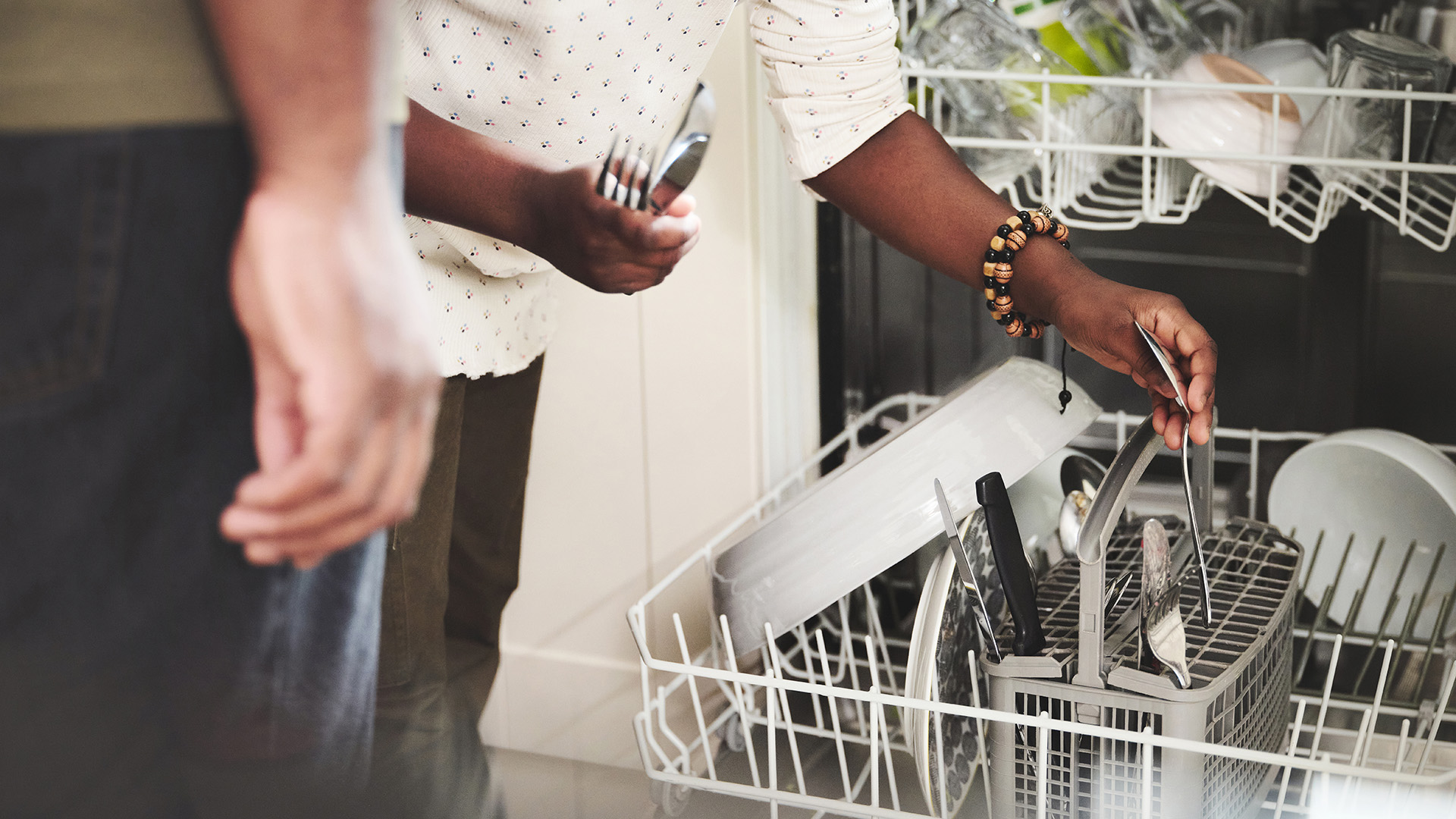
In the long term, it’s advisable to deep clean your dishwasher every month or so. In order to do this, you’ll need to get to grips with the inside of your dishwasher to access the functional parts.
Ultimately, if the filter of your machine isn’t free from dirt, then your resulting wash cycles won’t be either.
Similarly, the spraying mechanism that rotates at the bottom of the machine is where your detergent is dispensed; if these holes are blocked by food, then there will be less product being distributed altogether.
Always make sure to have the manufacturer’s guide to refer to before doing this, and check any given instructions thoroughly, as wrongly replacing these parts could result in your dishwasher not functioning properly.
To deep clean your dishwasher, in addition to removing, and cleaning the removable parts, you may wish to wipe down the internal elements, compartments, cutlery basket or drawer, and interior door.
You can also consider running the dishwasher for a wash cycle without any dishes, after manually cleaning the interior, to cleanse any remaining grime within.
How to clean a dishwasher: Quick steps
- Remove the dishwasher's bottom rack and internal parts
- Rinse dishwasher parts
- Brush the filter
- Clean any remaining dirt and return parts
- Position your cleaning products
- Run a cleaning cycle
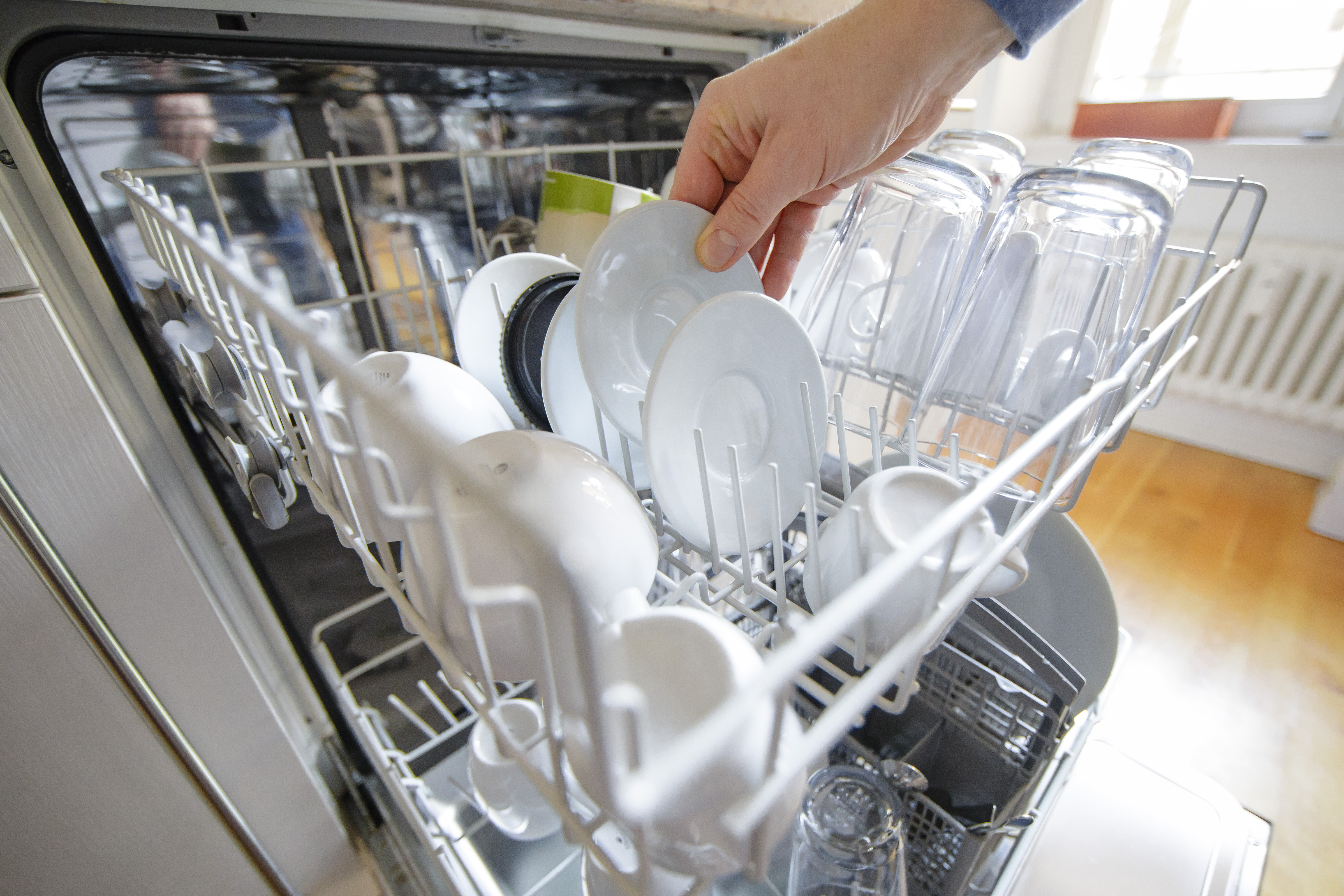
How to clean a dishwasher: Step by step guide
1. Remove the dishwasher's bottom rack and internal parts
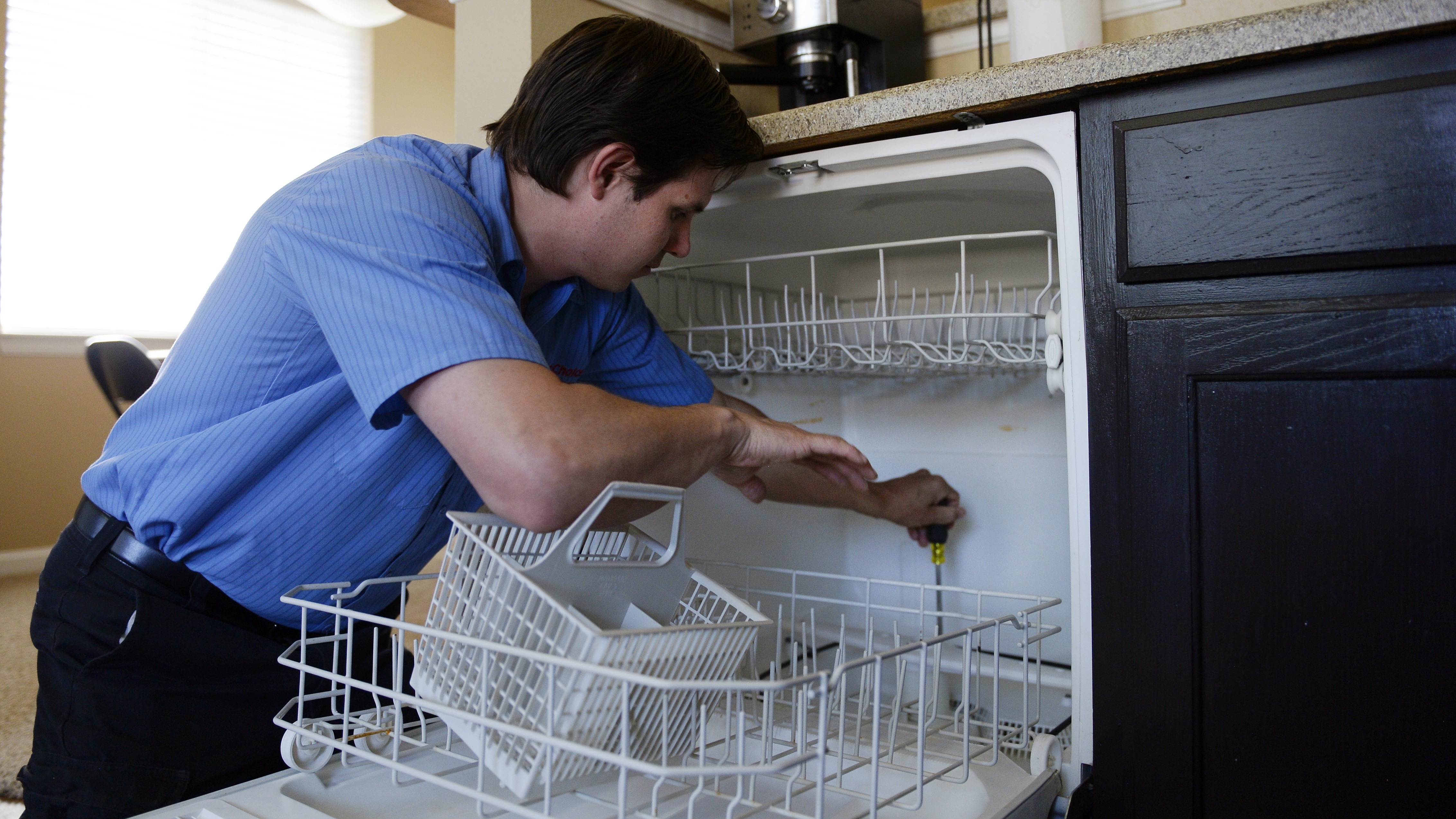
Begin your cleaning by removing the dishwasher’s bottom rack. Here, you’ll find your machine’s filter and sprayers. You should be able to unlock these from the bottom of the machine by simply twisting and lifting them out.
2. Rinse dishwasher parts
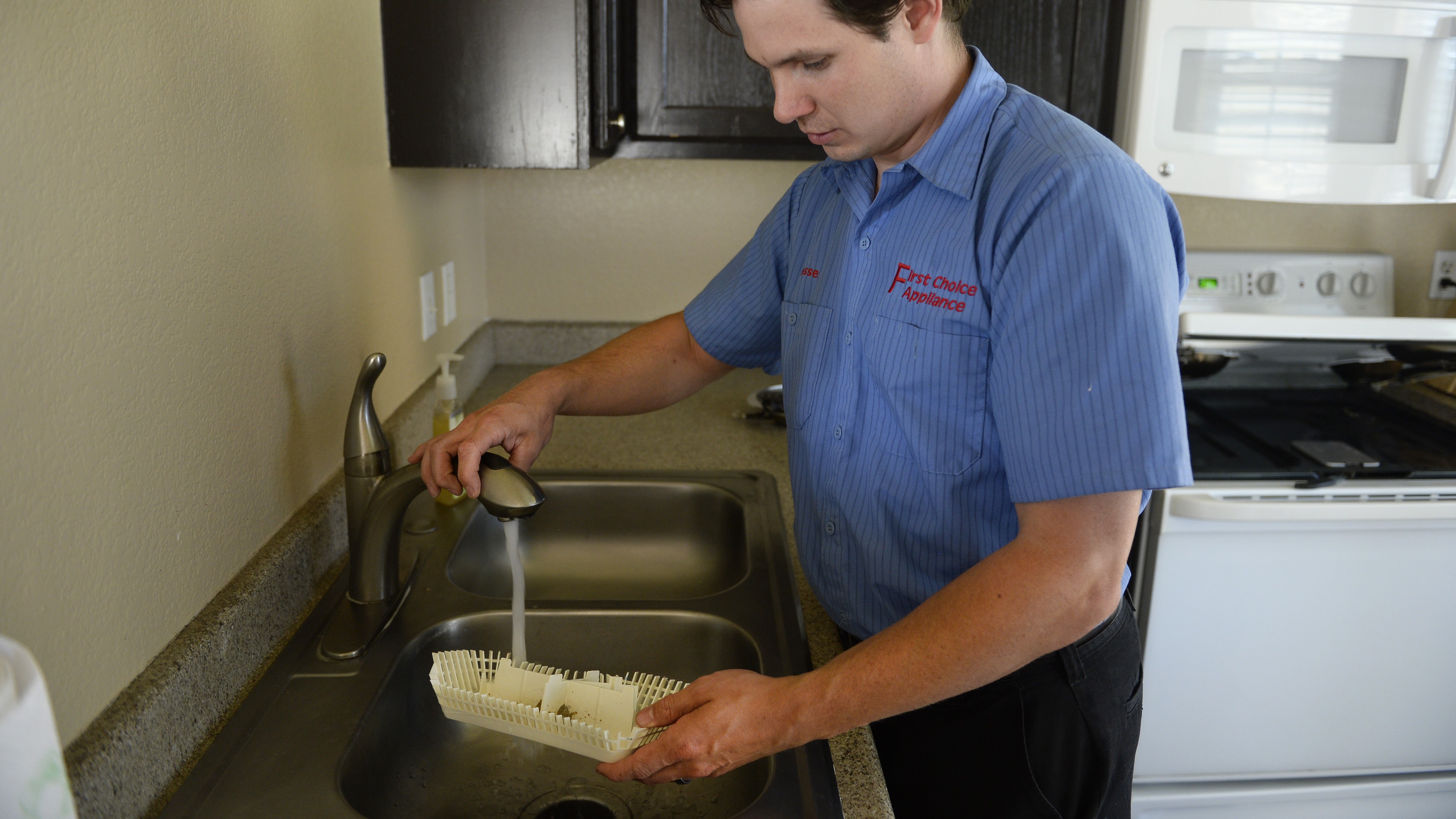
The filter and spraying mechanism need to be free from dirt to allow for proper cleaning. You’ll want to give all of these parts a long rinse with warm water until the nasty food residue is gone. If you haven’t cleaned your machine in a long time, the build-up of gunk may be quite severe, and you’ll need to pay closer attention.
3. Brush the filter
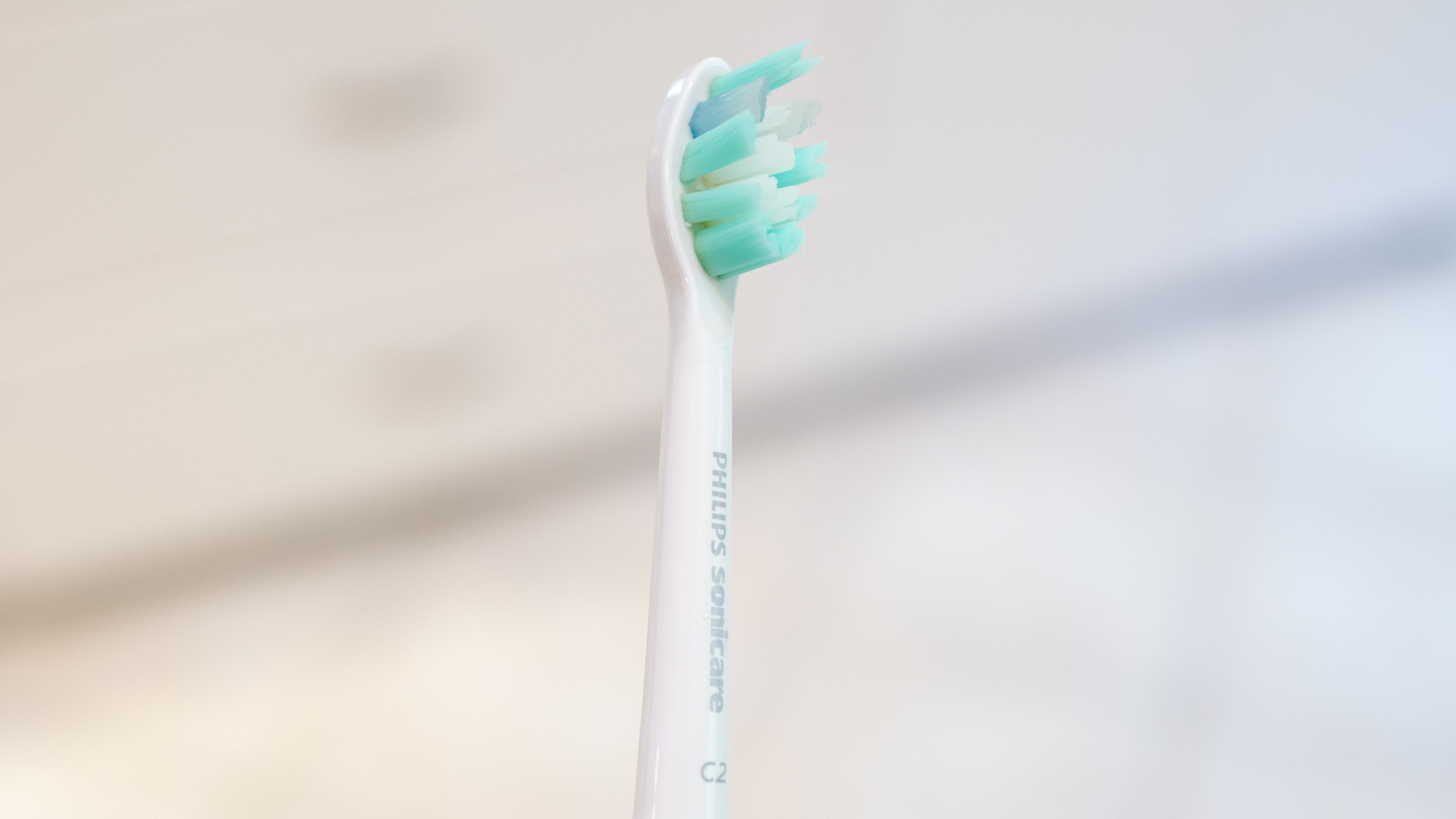
Try using a toothbrush to gently clean the mesh surfaces of the filter and scrape the excess foodstuff away. Some filters have covered exteriors and don’t allow for thorough access inside. If this is the case, consider investing in a set of cleaning brushes to really do the job.
4. Clean any remaining dirt and return parts
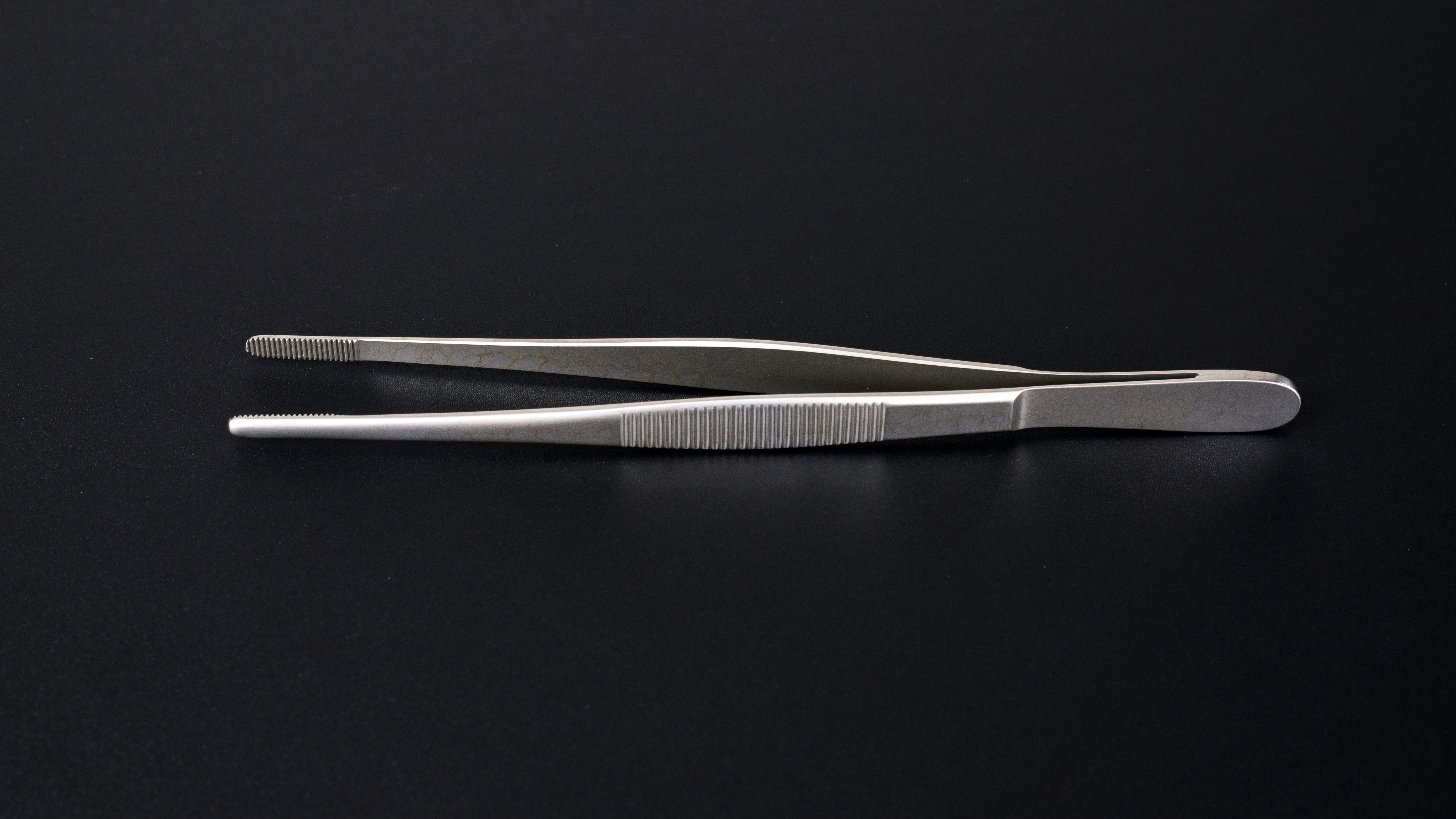
If you still find stubborn dirt stuck inside the filter, use tweezers to gently prise them out. Once you have the filter, spray jet arms, and adjoining parts looking fresh, return them to your dishwasher as per the manual’s instructions.
5. Position your cleaning products
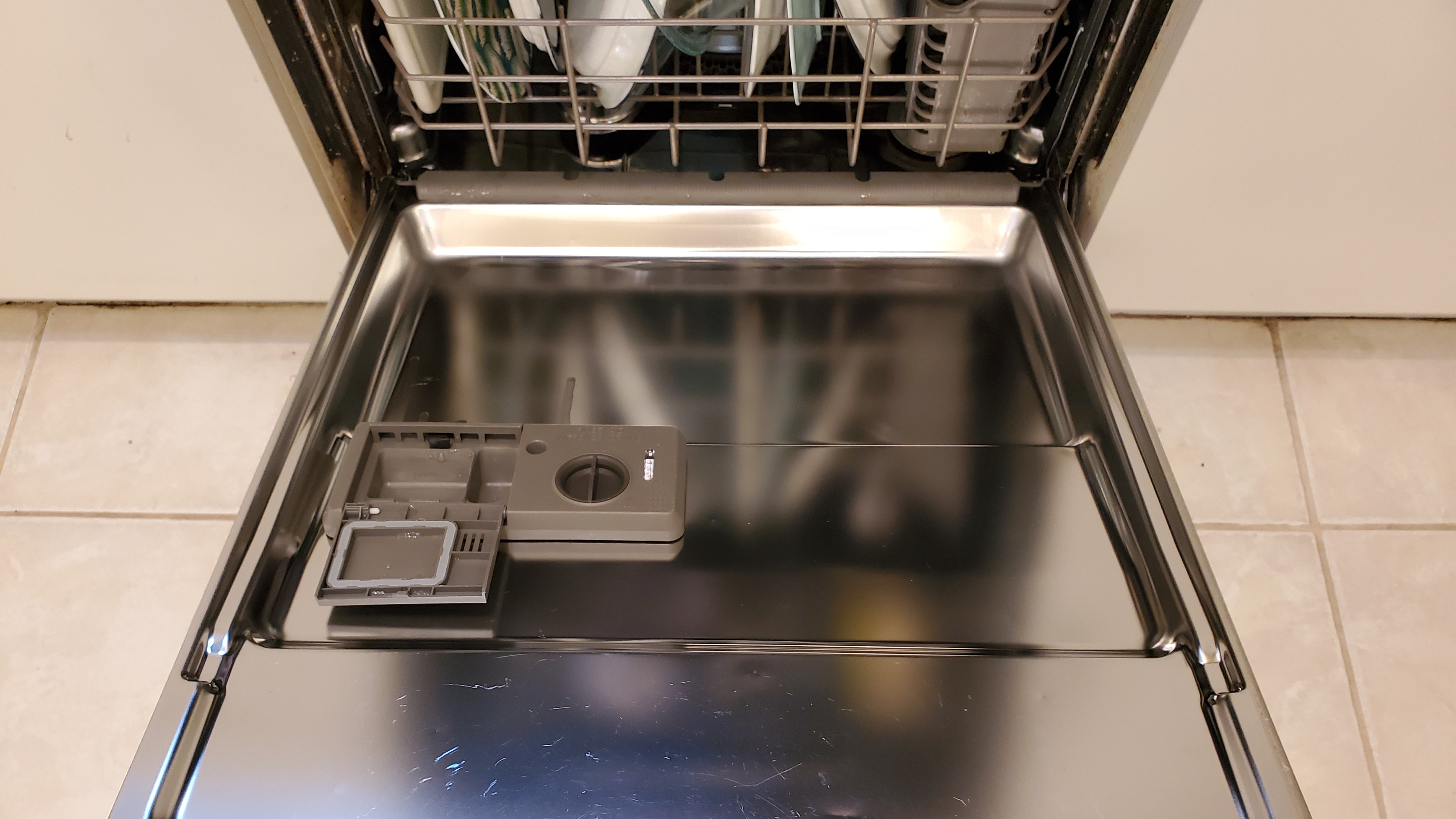
There are various products you can use to achieve a deep clean. If you don’t want to spend any extra cash, you can source products like apple cider vinegar or distilled white wine vinegar from home. Simply place a cup of whichever of these you have available onto the top rack, with a cup of baking soda dispensed into the bottom of your machine.
Alternatively, if you want to pop a tablet in the dishwasher with no hassle, there are lots of different products available designed for intensive cleaning.
Before running a wash cycle, you may also wish to use a cloth and a dishwasher-safe cleaning solution to manually wipe down the interior door, compartments, drawers, and sections.
6. Run a cleaning cycle
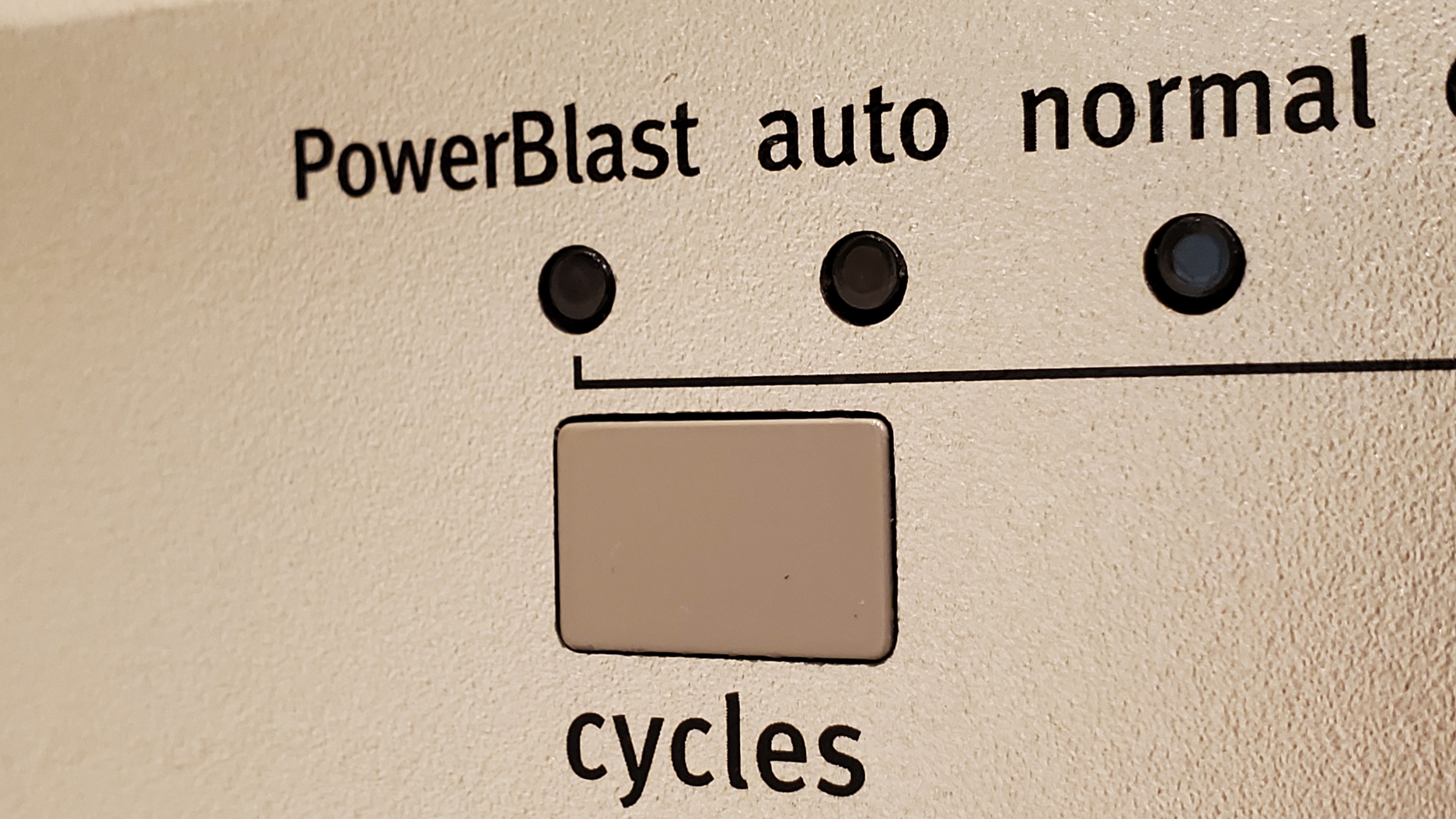
If you’re lucky enough to have a machine with a cleaning program built-in, then simply select it to run after you’ve inserted your chosen products. Don’t worry if you don’t have a designated cleaning setting, as running the hottest and longest cycle possible will have the same effect.
How to clean a dishwasher: FAQs
How do I clean the outside of my dishwasher?
Though it won’t change the running of your machine, paying some attention to the outside of your dishwasher will keep your whole kitchen gleaming.
Most dishwashers have stainless steel exteriors. Get stuck in with a suitable stainless steel cleaner, using a microfiber cloth to wipe away any surface dirt or fingerprints.
Make sure to wipe down the surface in the direction of the steel’s grain; for example, if the grain is from side to side, then you’ll want to wipe in a side-to-side motion, too. This will help avoid streaks.
You don’t want to use a scourer or abrasive pad for the front of your washer, as it may damage the machine’s finish.
If your dishwasher is integrated into your kitchen, you may have the same kitchen cupboard exterior; in which case you will likely wish to choose a milder dishwasher soap solution, or cleaning spray that you utilize on your worktop surfaces and kitchen cupboard doors, as well as a soft cloth for cleaning.
How often should I clean my dishwasher?
Cleaning your dishwasher once per month or so will keep it smelling fresh, and will make sure your dishes come out with no leftover food or grime left on them.
Cleaning your filter regularly does wonders for your dishwasher and means it’ll need less maintenance in the long run. Once you know how the process of emptying the filter of any dirt is easy, so try and do it as often as you can.
I recommend manually cleaning the filter and sprayer arms once a day with the hot water tap.
How long should a dishwasher last?
Consumer Reports estimate the life expectancy of a dishwasher to be about 10 years, but this can vary depending on the model and how well it's looked after. Cleaning your dishwasher regularly will help to preserve its lifespan.
Be sure to check your manufacturer's guidelines to ensure you are following the instructions correctly, to prolong the longevity of your dishwasher.
Is it worth it to fix a dishwasher?
Fixing your dishwasher, while seeming like a beast of a task, can actually be more time and cost-efficient than replacing it. It's also better for the environment to get as much life out of your appliance as possible.
You may wish to ask an expert to come and take a look at your machine and opt for a service. Some companies may offer free initial checks or consultations before you commit to any services, so look around to find the best option available for you.
How do dishwashers work?
The detergent from the dishwasher tablet is dissolved into hot water (around 86-140F), which is electronically pumped through the side walls and then squirted through the sprayer at the bottom of the machine, causing it to spin for the water to reach all areas.
After the water has dripped off the dishes, it pours back to the bottom of the machine, where it is reheated and pumped around again.
Final thoughts
There's nothing worse than dishes coming out of the dishwasher still dirty, so we understand how important it is to keep dishwashers as clean as possible.
Following a few simple, fuss-free steps everyday, such as being sure to rinse your dishes first, stacking the dishes correctly in the dishwasher, and regularly rinsing the removable filters and spraying arms, will ensure your machine stays as clean as possible and continues to perform at its best.
Giving the internal parts a strong rinse, making sure all the holes are free from dirt, and brushing the filter clean will keep your dishwasher healthier for longer while making sure it cleans as well as it can.
Plus, once you get into the habit of cleaning your dishwasher regularly, you'll be so familiar with the parts that it'll be an easy, quick task. Ideal!

